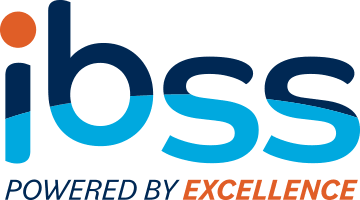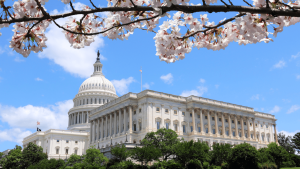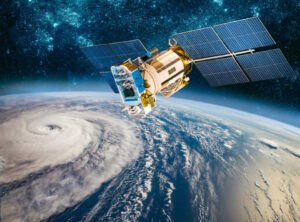My Key Takeaways
I had the pleasure of representing IBSS by participating in AMS Washington Forum. It was great to interact with students, Government Leadership, Industry Experts, and Policy Makers to forward the mission of the larger weather enterprise.
Many of the sessions used Chatham House Rules which means that you can’t quote the speakers directly. However, there are several takeaways to share with respect to policy issues and emerging technology trends.
Spectrum Issues are on Everyone’s Mind
he Federal Communications Commission (FCC) plans to auction off wireless radio frequencies in support of advancing 5G wireless technology. This could have negative impacts on satellite communications that are critical to the support of weather forecasting. 5G technology is also something that can bring many benefits to the weather enterprise. This is definitely an area to watch and monitor the policy changes and technology changes that come as a result.
Blue Economy is a big upcoming focus for NOAA
NOAA has demonstrated the administration’s commitment to fostering the “Blue Economy” RADML Timothy Gallaudet’s focus on this initiative. With over $350 billion of US G.D.P. attributed to the Ocean Economy, NOAA will focus on how it can facilitate better resource utilization to foster economic growth and also to increase our national seafood production. Look for investments in aquaculture, ocean intelligence, and ocean automation.
The National Weather Service (NWS) has released its new Strategic Plan
Announced the day before the AMS Washington Forum, NWS released its new 2019-2022 Strategic Plan. The plan reflects the commitment to advancing Impact-Based Decision Support and evolving NWS for a changing technology and environmental landscape. The overarching goals include:
- Reduce the impacts of weather, water, and climate events by transforming the way people receive, understand, and act on information
- Harness cutting-edge science, technology, and engineering to provide the best observations, forecasts, and warnings
- Evolve the NWS to excel in the face of change through investment in our people, partnerships,and organizational performance
Earth Prediction Innovation Center (EPIC) is Now Law
The recent reauthorization of the National Integrated Drought Information System (NIDIS) created EPIC to foster advances in community-based modeling and improve US weather and climate models. Implementing EPIC is one of the top priorities for NOAA. Leveraging cloud technologies for research and development is expected to be a significant part of the EPIC technology enabling solution.
Resilience to Extreme Weather
With greater frequency of severe weather, resilience of our structures is becoming even more important to the economy and to human safety. The panel spoke to using both our heart and our head to answer these important policy questions such as:
- Where should we build and when should we rebuild?
- How can we improve building codes to reduce damage and injury from severe weather?
- How can we use science to spark resiliency innovation?
It was fantastic to see such great discussion and collaboration between our government, academia, and commercial organizations in the weather and ocean enterprise!













